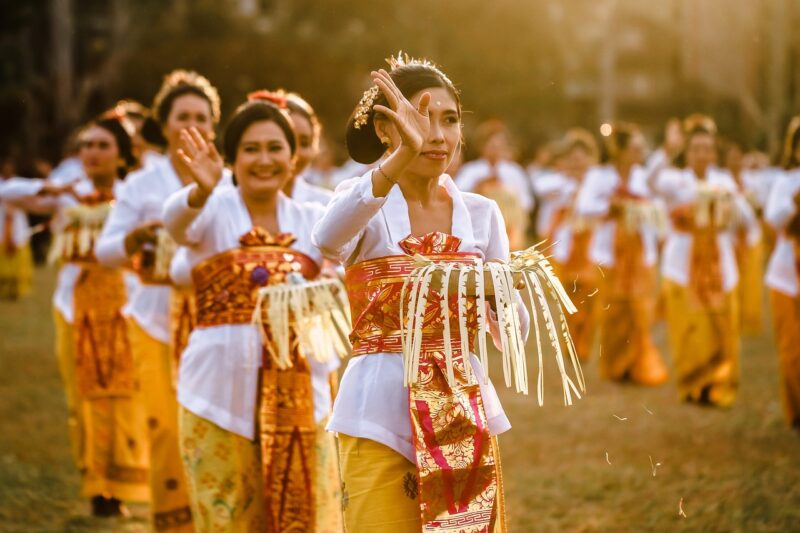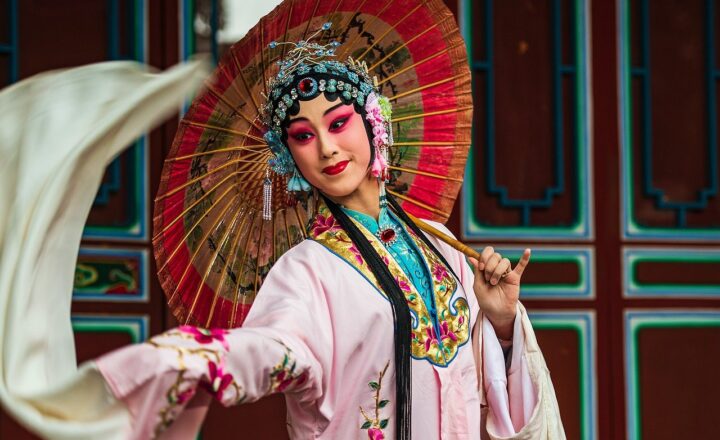The Strangest and Most Unique Traditions Still Practiced Today That Date Back Thousands of Years
November 17, 2024

Throughout human history, cultures around the world have developed unique traditions that reflect their values, beliefs, and history. Many of these traditions have stood the test of time, persisting through centuries, wars, and technological advancements. In this article, we explore some of the strangest and most unique traditions still practiced today, which can trace their roots back thousands of years.
1. The Day of the Dead in Mexico
The Day of the Dead, or Dia de los Muertos, is a vibrant celebration held annually on November 1st and 2nd, where families remember and honor their deceased loved ones. Originating from indigenous Mesoamerican cultures, this tradition blends ancient rituals with Catholic practices, creating a unique fusion that acknowledges death as a part of life.
Families create ofrendas, or altars, adorned with photographs, flowers, and the favorite foods of the departed, guiding their spirits back to the world of the living. The tradition is characterized by colorful decorations, skull motifs, and joyous gatherings, making it both a celebration of life and a poignant reminder of mortality.
2. The Burning Man Festival in Nevada, USA
While it may not date back thousands of years in the traditional sense, the Burning Man Festival draws on ceremonial practices that celebrate community, artistic expression, and self-reliance. Launched in the 1980s, this annual event in the Nevada desert has evolved into a 10-day festival where participants build a temporary city of creativity, connecting through art installations, themed camps, and communal experiences.
The symbolic burning of a large wooden effigy at the end of the festival culminates in releasing emotions and letting go of the past, echoing age-old rituals of purification and renewal.
3. The Japanese Tea Ceremony
The Japanese tea ceremony, or Chanoyu, is a traditional ritual influenced by Zen Buddhism that dates back over 400 years. It is not merely about drinking tea but is a spiritual experience emphasizing mindfulness, aesthetics, and harmony.
Every aspect of the ceremony, from the utensils used to the carefully crafted environment, reflects deep cultural values. Participants engage in a quiet, deliberate process, savoring each moment, which fosters a sense of tranquility and connection.
4. Jizo-Bon: Japanese Festival for Lost Children
Jizo-Bon is a unique Japanese festival dedicated to Jizo, the guardian deity of children. This tradition commemorates the spirits of deceased children and stillborn babies, providing a means of solace for grieving parents. Celebrated in mid-summer, families offer rice balls, flowers, and toys to Jizo statues, inviting their spirits to return home.
The event is characterized by rituals honoring the short and often tragic lives of these children, showcasing the deep-rooted cultural respect for the transient nature of life.
5. Holi: The Festival of Colors in India
Holi, an ancient Hindu festival, is celebrated primarily in India and Nepal, signifying the arrival of spring and the victory of good over evil. Traditionally held in March, participants throw colored powders and water at each other, creating a kaleidoscope of vibrant hues. This tradition is steeped in history, originating from tales of Hindu mythology, particularly the legend of Prahlad and Holika.
Beyond the joyous colors, Holi also emphasizes forgiveness, the rekindling of broken relationships, and communal harmony, allowing individuals to shed barriers of caste and social status.
6. The Running of the Bulls in Pamplona, Spain
The Running of the Bulls, known as San Fermín, is a highly controversial yet enduring tradition in Spain said to have roots that date back to the 13th century. Although modern safety measures have altered the event significantly, participants still run alongside bulls through the streets of Pamplona, culminating in the bullfights that follow.
This tradition is a showcase of bravery and camaraderie, attracting thousands of visitors each year, making it a significant cultural and economic event for the region.
7. The Maori Haka in New Zealand
The Haka is a ceremonial dance of the Maori, indigenous people of New Zealand, embodying unity, pride, and community spirit. Traditionally performed by groups, the Haka expresses a wide range of emotions, from joy to mourning, and is often used to welcome guests, build morale, or commemorate significant events.
Rooted in ancestral beliefs, the Haka symbolizes strength and resilience, making it a potent expression of Maori identity that continues to be performed at public events, especially rugby matches.
8. Dia de San Juan in Puerto Rico
The Dia de San Juan, celebrated on June 24th, honors Saint John the Baptist, a significant figure in Catholicism, and represents a blend of African, Taíno, and Spanish traditions. One of the most unique aspects of this festival is the tradition of jumping backwards into the ocean at midnight, symbolizing the washing away of sins and bad luck.
Accompanied by music, dance, and culinary delights, this festival highlights the cultural fusion that defines Puerto Rico, making it a vibrant celebration of community and heritage.
Conclusion
These unique traditions, some spanning thousands of years, continue to thrive in an ever-changing world. They offer a glimpse into our collective past, showcasing the rich tapestry of human culture and the enduring significance of rituals in affirming identity and community. As we embrace modernity, these traditions remind us of the threads that connect us to our ancestors and to each other, preserving the richness of our shared heritage for future generations.








